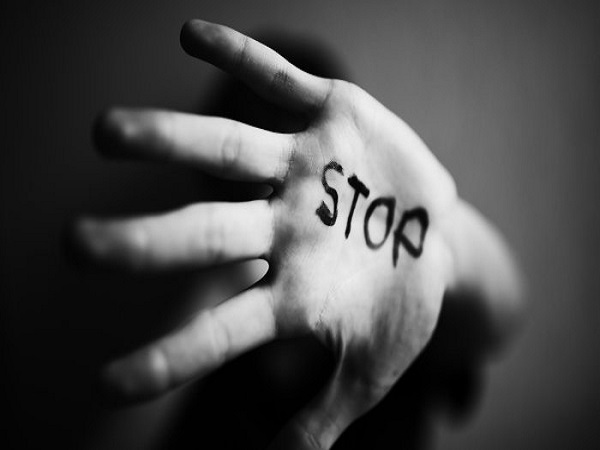"Let's all get together and have a good Hate."
- George Orwell in Coming Up for Air, published in 1939
Hate is not directed only towards Muslims in our country. Hate in India takes many ugly shapes and sizes and moves in various atrocious directions, but the victims alsonhappen to be Dalits and Adivasis. Just look at some recent incidents that have made it to the news. On September 3 this year, news came of a Dalit student in Uttar Pradesh's Ballia being allegedly locked up in a classroom and beaten with a metal rod by his teacher for touching the latter's motorcycle. The teacher was suspended, police said, and the SHO was quoted in the press as saying that other staff in the school rescued the boy.
The boy is, therefore, alive, unlike the 9-year-old in Rajasthan's Jalore district who died aer an incident on July 20 when he was allegedly beaten by his teacher for drinking water from a pot set aside for the teacher. In both instances, teachers, meant to be imparting enlightened ideas to their wards, were practising the most inhuman castebprejudice besides beating children.
The most stomach-churning incident of the past week has arguably been the tale of the Jharkhand maid Sunita, an Adivasi, who was abused in horrendous ways by her employer, a BJP leader, now suspended from the party. Seema Patra, the wife of an ex-IAS officer and a member of the BJP, was accused of torturing her domestic help at her Jharkhand home, even smashing her teeth with an iron rod and starving her and also allegedly making her lick the toilet and drink her own urine. The maid was found in an unimaginable condition by the police, and Seema Patra was arrested on August 31. The story has a dramatic twist in that it was her son who revealed the terrible abuse to his friend and sought help for the maid.
The individuals committing such atrocities are not career criminals but middle-class teachers and civil service wives with political ambitions. They appear to think it's ok to do what they did because of who they are and who the victims were. These are crimes based entirely on the social standing of the victims and the fact that the teachers and employers enjoyed a position of power over them.
This is why it should not be hard for us to make sense of the ghastly logic offered by one BJP member for the early release of the convicts in the case of Bilkis Bano, the victim of gang rape and murder of many members of her family, including her three-year-old daughter Saleha (whose body was never found) in the deadly violence of 2002 Gujarat riots. The account of Bilkis' bravery, and the brutality of the attack in which many of the bodies were found with their heads severed to avoid identification, are now well known and have been covered by national and international media aer the early release of 11 convicts on August 15 this year under the Gujarat government's remission policy.
What must also be remembered is the remark by Gujarat MLA C K Raulji, who was part of the panel that recommended the release of the 11 men. He said that in cases of communal violence, innocent persons are oen targeted. In an interview to the Mojo Story, recorded on video, he defended his decision saying that since the men were Brahmin by caste, they had good values. "I don't know whether they committed the crime or not...," he said in an interview to the news portal. "Their conduct in jail was good, they were Brahmins...men with good sanskaar [values]." As it would eventually turn out, just 3 of the 11 released were Brahmins, but the point is that a ruling party MLA believed their caste had something to do with their character. All the convicts were garlanded and feted on their release.
On any given month, therefore, we can develop a sequence or thread on cases of brutality by citizens towards fellow citizens because of their caste or religious identity. This is the thread in the month that Indians were told to fly national flags made of polyester on August 15. This is also the month when the National Crime Records Bureau data (NCRB) would reveal that daily wage earners now account for over 25 per cent of the suicide cases in India. In 2014, they accounted for 12 per cent of suicides, a figure that's doubled in eight years.
As disturbing as the incidents of cruelty and the dismal data, is the fact that our mainstream broadcast media refuses to engage with any of this. There are multiple issues in these stories, ranging from atrocities against SCs and STs to the plight of domestic help and the increasing misery and helplessness of daily wage earners. This is the real India, beyond the noisy declarations of greatness and stories of political conquest and failure.
Source: Deccan Herald
0 COMMENTS



